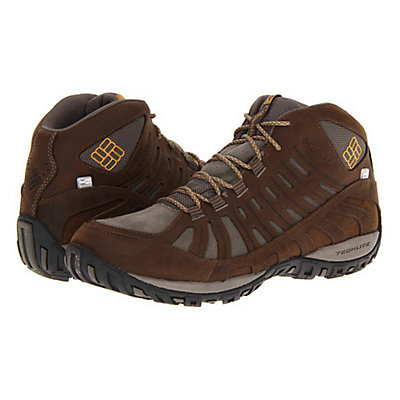 Propane, as a fuel source is big and bulky, and size is a critical factor in judging efficiency. I only have so much storage space, and in the unlikely event that we have to evacuate, we could only carry a limited amount of gear. As with any chemical, a liquid is dense and more efficient way of storing and transporting.
Propane, as a fuel source is big and bulky, and size is a critical factor in judging efficiency. I only have so much storage space, and in the unlikely event that we have to evacuate, we could only carry a limited amount of gear. As with any chemical, a liquid is dense and more efficient way of storing and transporting.Looking at an equal size and BTU comparison the one gallon can of Coleman Camp fuel will power a camp stove longer then all 6 of these mini propane tanks combined. But from a size and weight comparison the Camp fuel is much more effect to carry and store. With that as a motivation, I've moved from propane to Coleman Camp fuel (white gas) powered equipment.
Here you can see how efficiently the fuel stores, but a further benefit is that Coleman camp fuel has an almost indefinite shelf life. Its not uncommon for second generation campers to find an old half used can in a shed someplace that was bought 20 years ago by their parents, and have it burn in both stoves and lanterns just fine.
So here is a side by side of the equipment involved. As much as I love my Camp Chef camp oven/stove combo, the Coleman camp stove powered by white gas and the folding oven is a much smaller package, but will serve the identical purpose in the field. When closed up for storage you can see how much bigger the Camp Chef is then my white gas powered system.
 Thats not to say i'm dumping my Camp Chef. I LOVE that thing, and will continue to use it in my recreation camping, but it has given up its permanent seat in my trailer for the more efficient gear, and allowed me to add more equipment that I can keep at the ready.
Thats not to say i'm dumping my Camp Chef. I LOVE that thing, and will continue to use it in my recreation camping, but it has given up its permanent seat in my trailer for the more efficient gear, and allowed me to add more equipment that I can keep at the ready.
Another place where I saved some space with an upgrade was my camp toilet. I KNOW! Why the heck am I packing a toilet for a bug out anyway. Its not a necessity, use a tree. Well it still more likely that the reason for a evac could be temporary and if I can afford a few luxuries, sitting comfortably would be one of them.
Plus IF you have any women in your group, having a "close relative" to a toilet will make you a hero.
So, here is my repacked trailer with the new toilet, and the new stove, as well as a few other swaps, and you can see how much space i recaptured for additional gear, compared to how much space i had in previous pictures.
Anyway, lean and mean... So take a look at your systems and gear, if you can lighten the load, it may well be worth your efforts.
















































